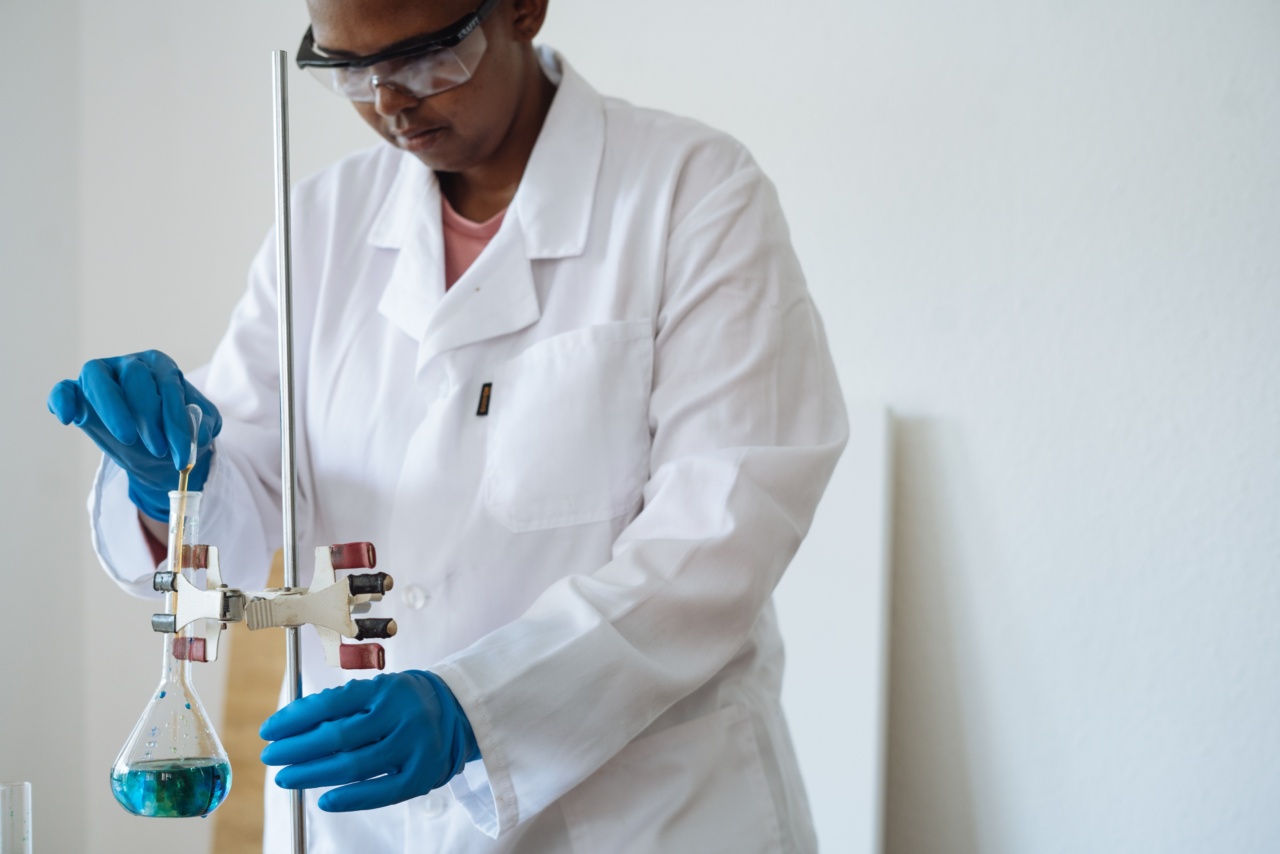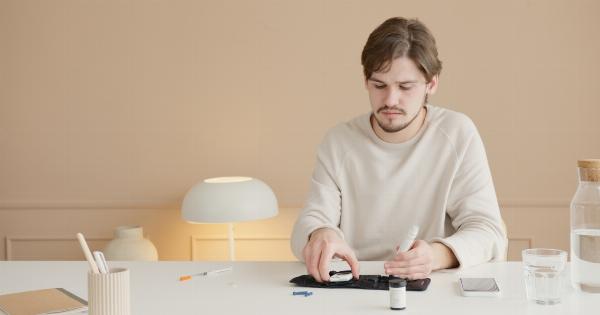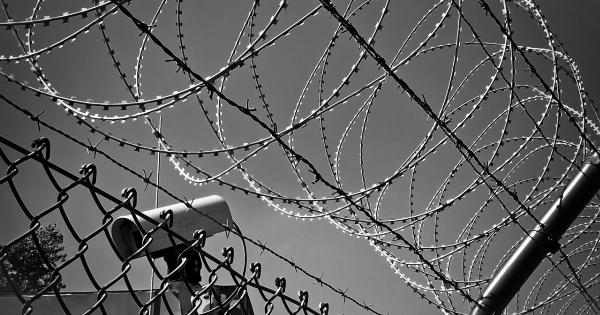Health is something that we all want to take care of, but sometimes we forget to do so. Sometimes we get so engrossed in our work that we forget to pay attention to our health.
Other times, we may be experiencing similar symptoms, but we brush it off thinking it’s nothing serious.
But thankfully, there are ways to check your health at home– it just takes a small part of your day and can be done in ten minutes or less. Here are some simple methods that can detect any underlying health issues:.
1. Pulse Check
Your pulse rate is the number of times your heart beats per minute. The normal range for an adult is between 60 to 100 beats per minute. Checking your pulse can help identify heart rate irregularities or arrhythmias.
You can check your pulse by placing two fingers (not your thumb) on your wrist just below the base of your thumb. Count the beats you feel for 15 seconds and then multiply the number by 4 to get your pulse rate per minute.
2. Blood Pressure Check
Blood pressure is the force that blood exerts on the walls of your arteries as it flows through your body. It is measured in millimeters of mercury (mmHg). Normal blood pressure is considered to be 120/80 mmHg.
You can easily check your blood pressure at home using a digital or manual blood pressure monitor. Be sure to rest for at least five minutes before taking your reading and follow the instructions of the device you are using.
3. Body Temperature Check
A normal body temperature usually ranges between 36.5°C to 37.5°C. You can check your body temperature with a digital thermometer that can be placed under your tongue or in your ear. It can also be placed on your forehead or armpit.
Follow the instructions for the thermometer you are using, and take your temperature at a consistent time every day for accurate results.
4. Skin Check
Checking your skin can help identify any moles, rashes or sores that might need further medical attention. Early detection of skin cancer can result in early treatment and better outcomes.
Examine your skin to check for any changes, using a full-length mirror to look at your body front and back, including your scalp, face, and neck.
5. Weight and Height Check
Checking your weight can help you identify if you are underweight, overweight, or at a healthy weight. At the same time, checking your height can help you track if you have lost any height due to osteoporosis, which can lead to fractures.
Weigh yourself on a digital scale, first thing in the morning, before eating or drinking anything. You can check your height, standing next to a wall, without shoes, and mark the measurement with a pencil. Use a tape measure to calculate the length of the marking.
6. Vision Check
A vision check can help detect any vision-related issues such as near or farsightedness, and eye diseases such as glaucoma or cataracts. You can check your vision by covering one eye and reading a line of text from a book or screen.
Repeat the process with the other eye. If you wear glasses, make sure you are wearing them during the check-up.
7. Lung function test
A lung function test can help detect any underlying respiratory issues. You can perform this test using a peak flow meter, which measures how quickly you are able to exhale air.
You blow into the device as hard as you can after taking a deep breath in to get the measurement. Results can vary from person to person, so a doctor or nurse can provide more guidance on what is normal for you.
8. Oral Health Check
Oral health goes beyond a good smile. You can do a quick check of your mouth by examining your gums for bleeding or swelling, checking your tongue for any ulcers or white patches, and looking at the roof of your mouth for any unusual bumps.
A good oral health routine of brushing your teeth twice daily, flossing, and visiting a dentist twice a year can also help identify any potential issues.
9. Mental Health Check
Mental health is just as important as your physical health. Checking in on your mental health can help identify any anxiety, depression or other mental issues that you may be facing.
Talk to a trusted friend or family member, or a mental health professional if you are not feeling like yourself. Self-care techniques such as reading, meditation or exercise can also help promote a sense of well-being.
10. Self-Breast Examination
Women can potentially lower their risk of breast cancer by doing a breast examination. You can do this in the shower or lying down.
Place one hand tightly against your chest wall and use the other hand to feel for any lumps or bumps over the entire breast and armpit area. Contact your healthcare professional if you notice anything unusual.
Health is a precious thing that should never be ignored. Taking care of yourself is essential, and these ten-minute health checks can help identify any underlying health issues before they escalate.
The tips listed above are not exhaustive, so be sure to consult your healthcare professional for any questions or concerns.




























